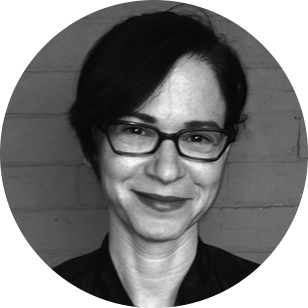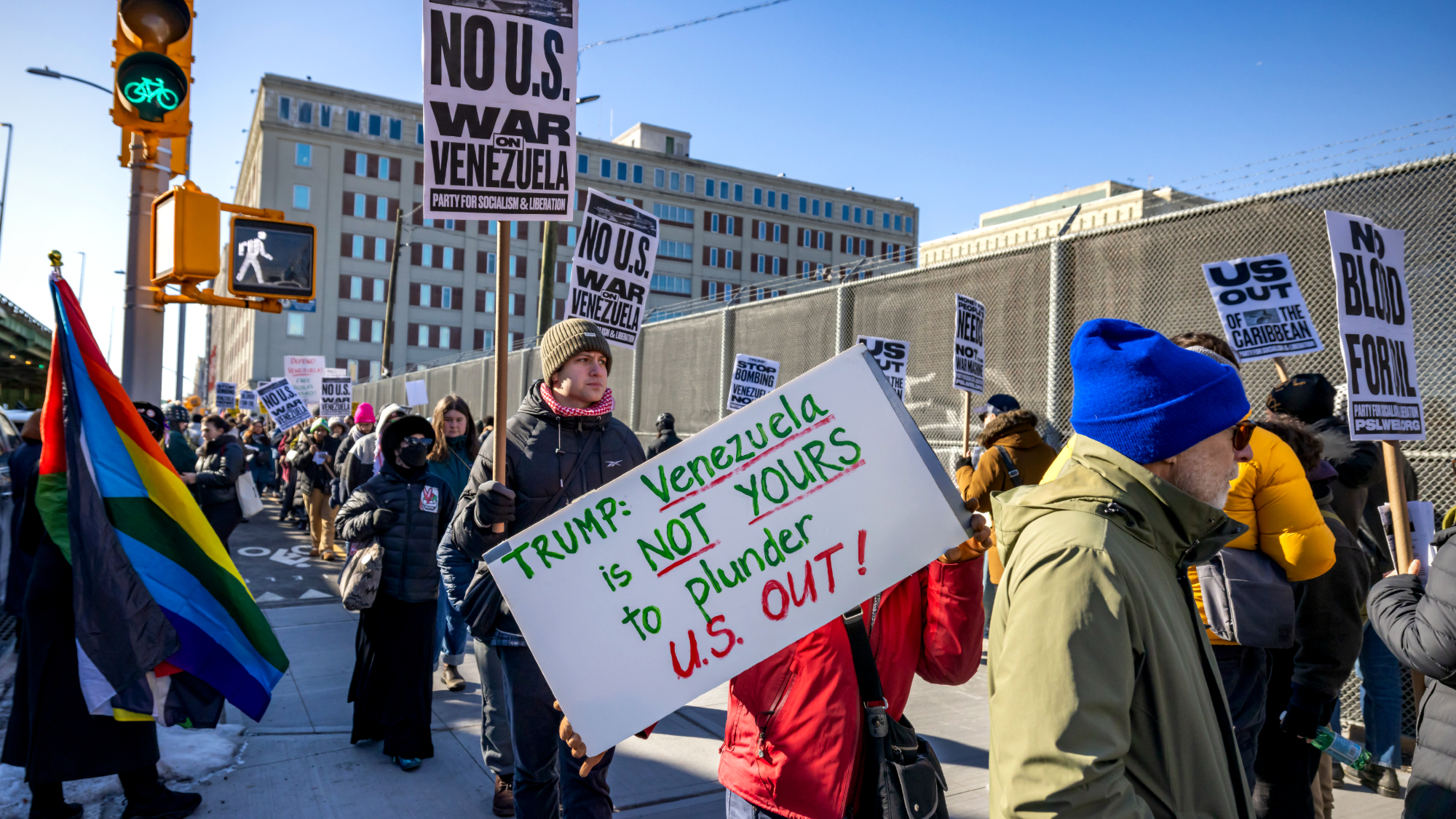18 academic papers about '90s TV shows
If we can learn about the ancient Romans by studying their drinking songs, surely we can learn about ourselves by studying our TV shows


1. "I'll be there for you" if you are just like me: An analysis of hegemonic social structures in Friends
Lisa Marie Marshall. Dissertation. Bowling Green State University, 2007.
Gender, race, class and how those friends kept everyone else out of their clique.
The Week
Escape your echo chamber. Get the facts behind the news, plus analysis from multiple perspectives.

Sign up for The Week's Free Newsletters
From our morning news briefing to a weekly Good News Newsletter, get the best of The Week delivered directly to your inbox.
From our morning news briefing to a weekly Good News Newsletter, get the best of The Week delivered directly to your inbox.
2. Solidarity and the Scoobies: an analysis of the-y suffix in the television series Buffy the Vampire Slayer
Susan Mandala. Language and Literature 16.1, 2007.
When they say stuff like "Heart-of-Darkness-y" on Buffy, they are marking shifting group alliances.
3. Subtitling Rap: Appropriating The Fresh Prince of Bel-Air for Youthful Identity Formation in Kuwait
A free daily email with the biggest news stories of the day – and the best features from TheWeek.com
Timothy Havens. International Communication Gazette 63.1, 2001.
A group of kids in Kuwait got into the Fresh Prince. What do they identify with?
4. Smoking and The Simpsons
Guy D. Eslick, and Marielle G. Eslick. Med Journal of Australia 190.11, 2009.
The characters on The Simpsons smoke a lot more than you might think. And it's only portrayed as a negative thing about a third of the time.
5. The use of music on Barney & Friends: Implications for music therapy practice and research
Kenneth M. McGuire. Journal of Music Therapy 38.2, 2001.
In the name of science, the authors studied the use of music in all 88 episodes of the show.
6. From the Simpsons to the Bundys: A critical analysis of disrespectful discourse in television narratives
Tony Russell DeMars. Dissertation, The University of Southern Mississippi, 1996.
TV captures a lot about how we view rudeness, but it didn't make your kids rude.
7. Ancient archetypes in modern media: A comparative analysis of Golden Girls, Living Single, and Sex and the City
Deborah Ann Macey. Dissertation. University of Oregon, 2008.
The Iron Maiden, the Sex Object, the Child, and the Mother, these ancient archetypes find their place on all our shows.
8. Mighty Morphin Power Rangers: The aesthetics of phallo-militaristic justice
Peter McLaren and Janet Morris. In Kinderculture: The Corporate Construction of Childhood. Shirley R. Steinberg and Joe L. Kincheloe, eds., 1997.
Do you really need anything more than that magnificent title?
9. Revealing the universal through the specific in A Different World: An interpretive approach to a television depiction of African-American culture and communication patterns
Venita Ann Kelley. Dissertation. University of Kansas, 1995.
A look at how the media looks at African-American culture, with A Different World as a non-sensationalized example.
10. Children's television: A content analysis of communication intent in Arthur and Rugrats
William Wayne Anderson. Dissertation. Northern Illinois University, 2001.
There's better communication on Arthur than Rugrats.
11. Jung and Picard: Archetypes and the modern myth of Star Trek: The Next Generation
Kenneth Alan Hutchins. Dissertation. Pacifica Graduate Institute, 1996.
In this interpretation of the myth of the Hero's Journey, the whole crew is the hero.
12. The Schlemiel and the Schlimazl in Seinfeld
Carla Johnson. Journal of Popular Film and Television 22.3, 1994.
In Yiddish folklore the schlemiel is the klutz who spills the soup while the schlimazl is the sap who gets the soup spilled on him. Jerry is the schlimazl to George's schlemiel.
13. Powerpuff Girls: Fighting evil gender messages or postmodern paradox?
Carole Baroody Corcoran and Judith A. Parker. The psychology of prejudice and discrimination 3, 2004.
More of the latter, actually.
14. Images of prime time justice: A content analysis of NYPD Blue and Law & Order
Sarah Eschholz, Matthew Mallard, and Stacey Flynn. Journal of Criminal Justice and Popular Culture 10.3, 2004.
How does what happens on these shows match up with the real world stats?
15. The Fallacy of Falsity Un-"Dresch"-ing Masquerade, Fashion, and Postfeminist Jewish Princesses in The Nanny
Vincent Brook. Television & New Media 1.3, 2000.
Yeah, there's something very bizarre about the social roles on this show.
16. Television and the Teenage Literate: Discourses of Felicity
Margaret Mackey. College English, 2003.
Literacy and "literacies," Felicity's got 'em all.
17. Living on Dawson's Creek: Teen viewers, cultural convergence, and television overflow.
Will Brooker. International Journal of Cultural Studies 4.4, 2001.
Did Dawson's Creek fans in the real world create a culture of their own?
18. The role of the television drama ER in medical student life: Entertainment or socialization?
Michael M O'Connor. JAMA: The Journal of the American Medical Association 280.9, 1998.
Your doctor had to be socialized into doctorhood. Maybe ER helped.
Arika Okrent is editor-at-large at TheWeek.com and a frequent contributor to Mental Floss. She is the author of In the Land of Invented Languages, a history of the attempt to build a better language. She holds a doctorate in linguistics and a first-level certification in Klingon. Follow her on Twitter.



